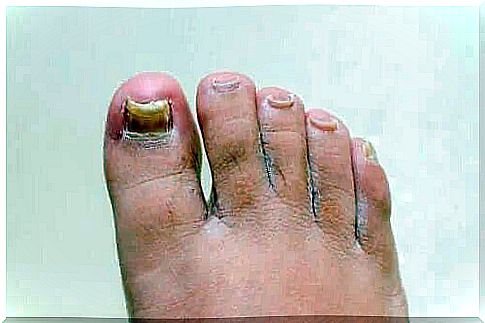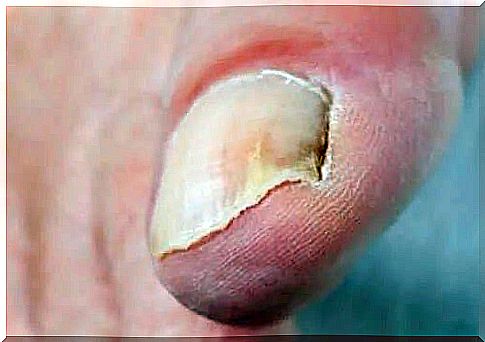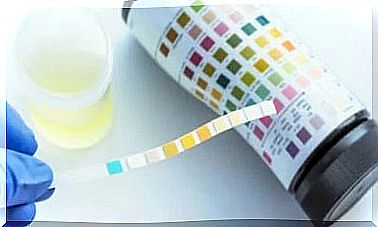What Onychomycosis Treatments Work?

Many people look for remedies for onychomycosis of the hand and foot. This condition, which causes yellowing, in addition to itching and other discomfort in the nails, accounts for a third of all fungal infections of the skin. What onychomycosis treatments work?
According to information published in the Journal of Fungi, the infection is caused by dermophytic fungi that take root under the nail surface. Because of this, it is a difficult disease to eliminate, and its symptoms tend to recur after a certain period of time. In the following lines, we will discuss the effectiveness of antifungal treatments for onychomycosis.
Onychomycosis: what you should know

Most cases are mild and do not affect more than the appearance of the nail. However, when the infection has complications, it can be painful and can cause irreversible nail damage.
In addition, if you have diabetes or a disease that compromises your immune system, you should be more careful. In this case, it is important to seek medical attention, as any foot injury, including this type of infection, can turn into serious complications due to lack of immune response and circulatory problems.
What onychomycosis treatments work?
There is a wide variety of remedies for onychomycosis in the popular literature . However, experts question these methods. In a study published in the Journal of Fungi , options such as tea tree oil and the plant known as Ageratina pichinchensis showed antifungal activity.
Other substances, such as propolis and Vicks Vaporub, also had positive effects against onychomycosis in the pilot studies. However, the results are not conclusive and more research is needed to determine the effectiveness of these types of treatments.
Despite this, it is acceptable to use them as complementary treatments, as they have no adverse effects in humans, suggesting that they should be safe and tolerable. Of course, whenever possible, you should use them in conjunction with medical treatments.

Topical agents include nail polish formulas, such as 5% amorolfine and 8% cyclopirox. Creams, powders and other topical products are not as effective because they do not penetrate the nail as easily.
Oral treatment for onychomycosis may include griseofulvin, terbinafine, itraconazole, and ketoconazole. They require a longer period of use and have a higher risk of side effects such as headaches, gastrointestinal disorders and rashes, among others.
Because of this, you must follow the dosing instructions and the time of use recommended by your doctor. You also need to use both options consistently to get positive results. If not, the infection may get worse.









